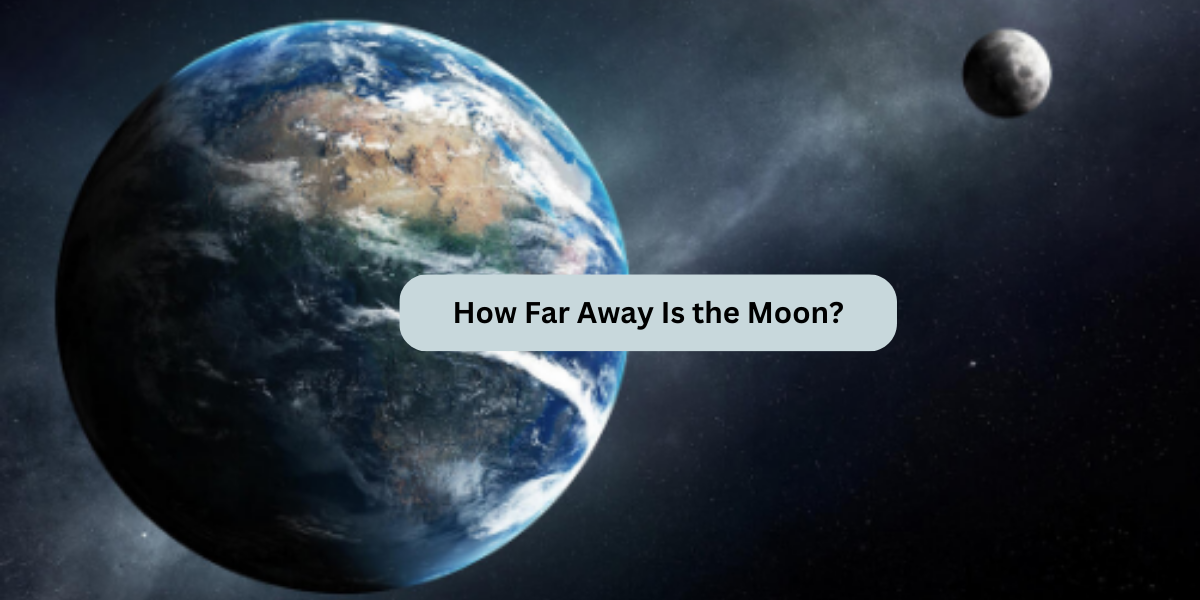The Moon has fascinated humanity for millennia, serving as a source of wonder, inspiration, and scientific curiosity. Despite being our closest celestial neighbor, questions about its exact distance and implications for Earth often arise. In this article, we delve into the Moon’s distance, exploring key facts, historical discoveries, and its significance in our daily lives. By the end, you’ll not only understand How Far Away Is the Moon is but also gain insights into why this distance matters.
How Far Is the Moon from Earth?
The average distance from the Moon to Earth is 384,400 kilometers (238,855 miles). This measurement, known as the lunar distance, varies because the Moon’s orbit around Earth is elliptical rather than perfectly circular.
Key Metrics of the Moon’s Orbit
- Perigee: The Moon’s closest approach to Earth, approximately 363,300 kilometers (225,623 miles).
- Apogee: The Moon’s farthest distance from Earth, around 405,500 kilometers (251,966 miles).
- Average Orbital Speed: About 3,682 kilometers per hour (2,288 miles per hour).
This variation in distance leads to phenomena like the “super moon,” where the Moon appears larger and brighter when it’s at perigee.
How Do Scientists Measure the Distance to the Moon?
Measuring the Moon’s distance has evolved over centuries, from early estimations to precise modern methods:
1. Ancient Estimates

Ancient Greek astronomers, including Aristarchus of Samos, used geometry to estimate the Moon’s distance. While their calculations were rudimentary, they laid the groundwork for modern lunar science.
2. Radar Technology
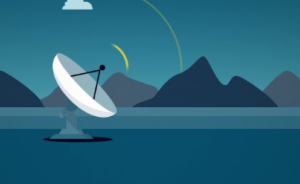
In the mid-20th century, scientists began bouncing radar waves off the Moon’s surface. By calculating the time it took for the waves to return, they could estimate the distance with remarkable accuracy.
3. Lunar Laser Ranging
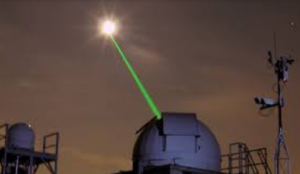
Today, the most precise measurements come from lunar laser ranging experiments. These involve firing lasers at retroreflectors placed on the Moon by the Apollo missions and Soviet lunar rovers. The time it takes for the laser beam to travel to the Moon and back determines its distance within millimeters.
Why Does the Moon’s Distance Matter?
The Moon’s distance from Earth has profound effects on our planet and its inhabitants. Here are some critical reasons why this measurement is significant:
1. Tides and Ocean Currents
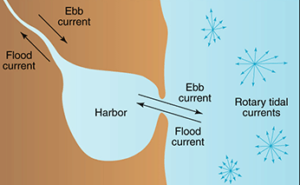
The Moon’s gravitational pull is the primary driver of Earth’s tides. Variations in distance affect tidal ranges, with closer distances (perigee) causing higher tides, known as spring tides.
2. Stabilizing Earth’s Rotation

The Moon’s gravitational influence stabilizes Earth’s axial tilt, ensuring relatively stable seasons. Without the Moon, Earth’s tilt could vary wildly, leading to extreme climate changes.
3. Space Exploration and Navigation
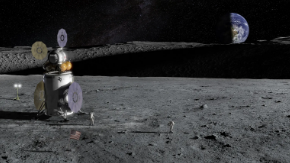
Accurate knowledge of the Moon’s distance is essential for planning space missions. It helps spacecraft navigate accurately during lunar missions, such as NASA’s Artemis program.
Common Questions About the Moon’s Distance
1. Does the Moon’s Distance Change Over Time?
Yes, the Moon is gradually moving away from Earth at a rate of about 3.8 centimeters (1.5 inches) per year. This phenomenon, caused by tidal interactions, will eventually lengthen Earth’s day and alter the Moon’s orbit.
2. How Long Does It Take to Travel to the Moon?
The time it takes to travel to the Moon depends on the technology used:
- Apollo Missions: About 3 days.
- Modern Probes: Varies; for instance, NASA’s New Horizons passed the Moon in just 8 hours en route to Pluto.
3. Can We See the Moon’s Distance Affect Earth?
Yes, the Moon’s distance visibly impacts tidal patterns, eclipses, and even the night sky’s brightness during super moons.
Fun Facts About the Moon’s Distance
- If you could drive a car to the Moon at an average speed of 100 km/h (62 mph), it would take about 160 days to reach it.
- Light from the Moon takes approximately 1.28 seconds to reach Earth.
- During a total lunar eclipse, Earth’s shadow extends far enough to encompass the Moon, highlighting the scale of the Earth-Moon system.
Conclusion
The Moon’s distance from Earth is more than just a number; it is a key factor influencing our planet’s environment, tides, and even the future of space exploration. From ancient astronomers to modern scientists, understanding this distance has been a cornerstone of astronomy and Earth science. As we venture further into space, the Moon remains our closest and most studied celestial companion.
By grasping the significance of the Moon’s distance, we not only satisfy our curiosity but also gain a deeper appreciation for the intricate workings of our solar system. Whether you’re gazing at a super moon or marveling at a lunar eclipse, remember that the Moon’s proximity plays a vital role in shaping life on Earth.

